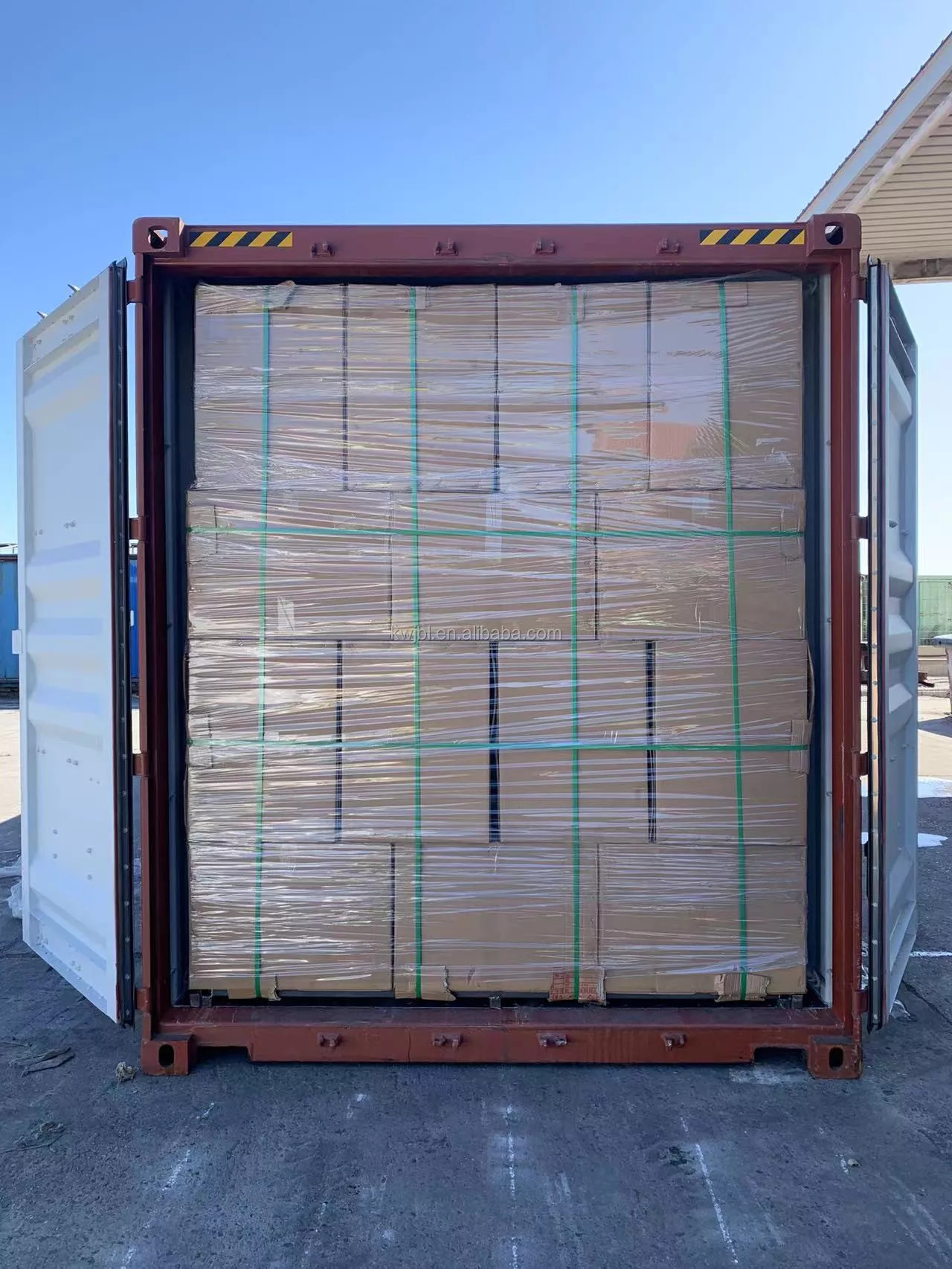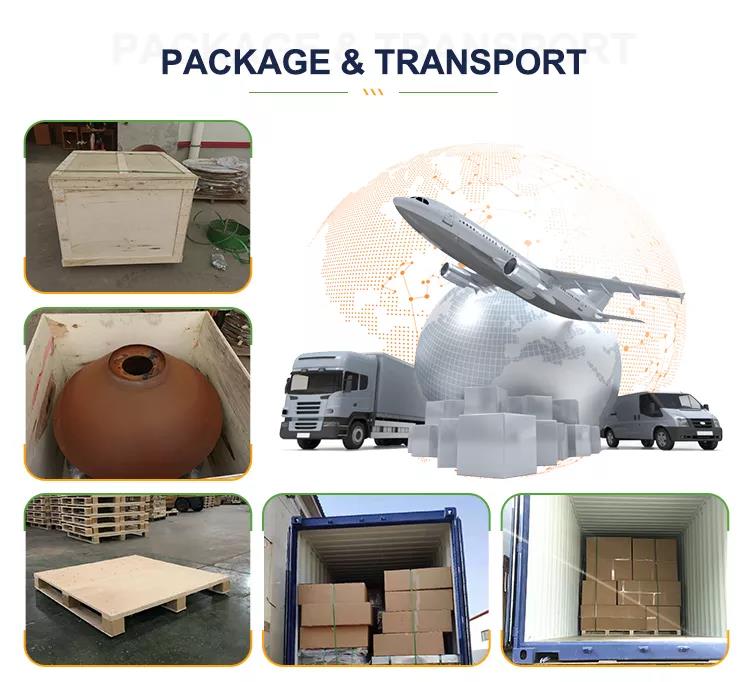Instruction manual of human high sensitivity thyroid stimulating hormone (U-TSH) combined immunoassay kit
This kit is for research use only Experimental principle The kit uses competitive inhibition enzyme-labeled immunoassay to determine the level of U-TSH in the specimen. The microtiter plate is coated with purified antibody to make a solid-phase antibody. The solid-phase antibody competes with a certain amount of biotin-labeled T4 and non-labeled antigen (specimen or standard) for inhibition. , The less antibody binds to biotin-labeled U-TSH, and the more it binds. Finally, HRP-labeled avidin is added, and after thorough washing, color is developed with the substrate TMB. TMB is converted into blue under the catalysis of peroxidase, and into the final yellow under the action of acid. The color depth is negatively correlated with U-TSH in the sample. The absorbance (OD value) was measured with a microplate reader at a wavelength of 450 nm, and the sample concentration was calculated. Kit composition Collection and preservation of specimens Operation steps Each reagent is equilibrated to room temperature before use. Plate washing method Manual plate washing method: suck (do not touch the wall) or shake off the liquid in the microplate; place a few layers of absorbent paper on the experimental table, and force the microplate down several times; pat the recommended wash buffer Inject at least 0.4ml of solution into the hole and soak for 1-2 minutes. Repeat this process several times as needed. Specificity This kit can detect recombinant or natural human U-TSH at the same time, and does not cross-react with other related proteins. examination range: Calculate the standard concentration as the abscissa (logarithmic coordinate), the OD value is the ordinate (ordinary coordinate), draw a standard curve on semi-logarithmic coordinate paper, and find the corresponding concentration from the standard curve according to the OD value of the sample ; Multiply by the dilution factor; or use the standard concentration and OD value to calculate the linear regression equation of the standard curve, substitute the OD value of the sample into the equation, calculate the sample concentration, and multiply by the dilution factor, which is the actual concentration of the sample . Precautions Explanation
Weathering steel molding sculpture, landscape, carving, weathering steel rust plate sculpture and landscape walls are common forms. Because of its simplicity and efficiency, many landscape projects are made of this material. The use of weathering steel rust plate sculpture is not only beautiful in appearance, but also practical, and the maintenance cost is relatively low. The color, brightness and saturation of weathering steel rust plate sculpture are higher than those of general materials, and it is easier to highlight in the background of garden plants. Weathering steel rust board sculpture is relatively simple, easy to be shaped into a variety of shapes, and can maintain excellent integrity. The surface of weathering steel rust board sculpture is a layer of rusty red material, which feels very rough and has a very special texture. This special fine oxide layer formed on the surface of weathering steel has a stable and even natural rust red color, making it an attractive material for building exterior walls. Weathering steel rust plate sculpture is widely used in phenomenon decoration. It is a new type of steel that integrates new technology, new data and new strangeness. It is one of the leading steel varieties. Heat treatment of weatherproof steel plate sculpture includes preparation heat treatment, final heat treatment and surface lifting. General heat treatment defects refer to various defects of weathering steel plate sculptures in the final heat treatment process or later production process and use process, such as quenching cracks, deformation deviations, unqualified hardness, laser cutting cracking of metal materials, drilling cracks, early damage of weathering steel plate sculptures, etc. The following are detailed instructions on cracking and hardness.
Why is corten steel so popular?
Packing&Shipping
About mobile steel storage tool cabinet packaging and shipping
Corten Steel Sculpture,Corten Sculpture,Rten Steel Artist,Corten Steel Artwork Henan Jinbailai Industrial Co.,Ltd , https://www.hnjblgrill.com
Intended application
Quantitative determination of U-TSH in human serum, plasma, or other related fluids by ELISA.
1. ELISA plate: one piece (96 wells)
2. T4 standard product: 1ml / bottle × 6 bottles. The concentrations are 400 ng / mL, 200 ng / mL, 100 ng / mL, 50 ng / mL, 25 ng / mL, and 0 ng / mL.
3. Detection solution A: 1 × 10 ml
4. Detection solution B: 1 × 10 ml
5. Substrate solution A: 1 × 10 ml
6. Substrate solution B: 1 × 10 ml
7. Concentrated washing liquid: 1 × 30ml, each bottle is diluted 25 times with distilled water.
8. Stop solution: 1 × 20ml.
1. Serum: Please leave the specimen at room temperature for 2 hours or overnight at 4 ° C and centrifuge at 1000 xg for 20 minutes. Take the supernatant for testing, or store the specimen at -20 ° C, but avoid repeated freezing and thawing.
2. Plasma: EDTA or heparin can be used as an anticoagulant. Centrifuge at 1000 xg for 15 minutes at 2-8 ° C within 30 minutes after the specimen is collected, or store the specimen at -20 ° C, but repeated freezing and thawing should be avoided.
Note: Hemolysis of specimens will affect the final test results, so hemolysis specimens should not be tested.
1. Sample adding: set blank hole, standard hole and sample hole to be tested. In addition to the blank wells, add 50 μl of standard solution or sample to be tested and 50 μl of test solution A to the remaining wells, mix gently, 37 ° C for 60 minutes.
2. Wash the plate 3-5 times, 350μl / well, and spin dry.
3. Add 50μl of detection solution B to each well at 37 ° C for 30 minutes, wash the plate 3-5 times and spin dry.
4. Add 50 μl of substrate solution A and B to each well in sequence, and develop for 15 minutes in the dark at 37 ° C.
5. Add 50μl of stop solution to each well in sequence to stop the reaction. The optical density (OD value) of each well was measured sequentially with an enzyme-linked instrument at a wavelength of 450 nm.
Note:
1. One hole is left for each experiment as a blank zero-adjusting hole. No reagents are added to this hole, only the substrate solution and 2NH2SO4 are added at the end. Use this hole to adjust the OD value to zero when measuring.
2. To prevent the sample from evaporating, place the reaction plate in a closed box covered with a damp cloth during the test.
Automatic plate washing: If there is an automatic plate washing machine, it should be used in the formal experiment process after being used skillfully.
0.15 ng / mL -1000 ng / mL
1. The washing process is very important, inadequate washing is easy to cause false positives.
2. It is best to control the sampling time within 5 minutes. If there are many specimens, it is recommended to use a volley gun to add samples.
3. Please make a standard curve at the same time of each measurement, it is best to make a double hole.
4. If the content of T4 in the specimen is too high, please dilute it and then determine it. When calculating, please multiply by the dilution factor.
5. Please keep the substrate away from light.
6. Please stick the adhesive sheet during the incubation reaction
1. Avoid exposing the reagent to strong light during storage and incubation. All reagent bottle caps must be tightly closed to prevent evaporation and contamination. Reagents should be protected from microbial contamination, because the interference of proteolytic enzymes will lead to erroneous results.
2. Aspirate the reagents carefully and strictly observe the given incubation time and temperature. Please note that when drawing samples / standards, enzyme conjugates or substrates, if the time interval between the first well and the last well is too large, it will result in different "pre-incubation" time, which obviously Affect the accuracy and repeatability of the measured value. Moreover, insufficient washing will affect the test results.
3. Storage of the kit: some reagents are stored at -20 ° C, and some reagents are stored at 2-8 ° C, depending on the label.
4. Salt will precipitate out in the concentrated washing liquid, and it can be heated and dissolved in the water bath when diluted.
5. There may be some water-like substances in the well of the enzyme-linked plate just opened. This is a normal phenomenon and will not have any impact on the experimental results.
6. There may be inconsistencies between the Chinese and English instructions. Please refer to the English instructions.
7. All samples should be managed, and the samples and testing devices should be processed according to the prescribed procedures.
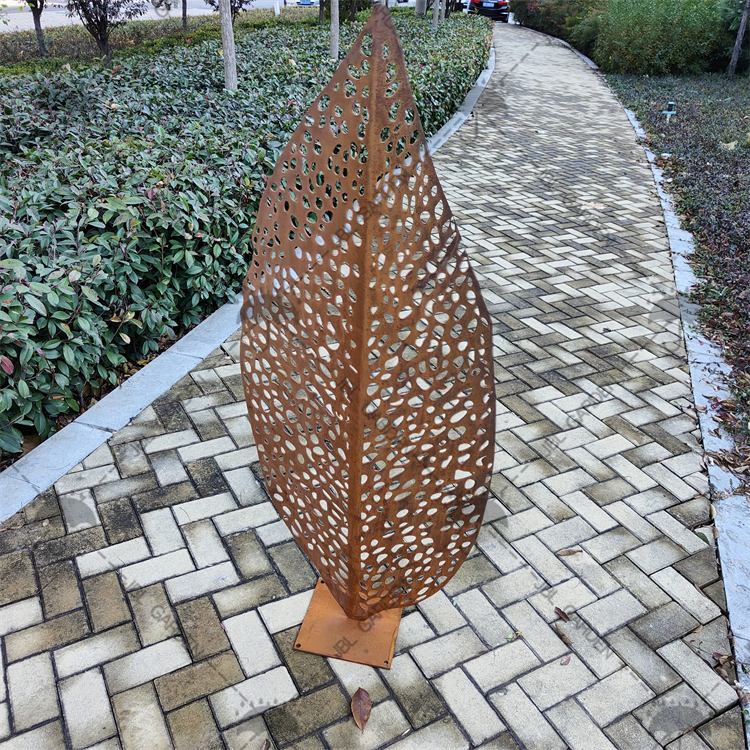
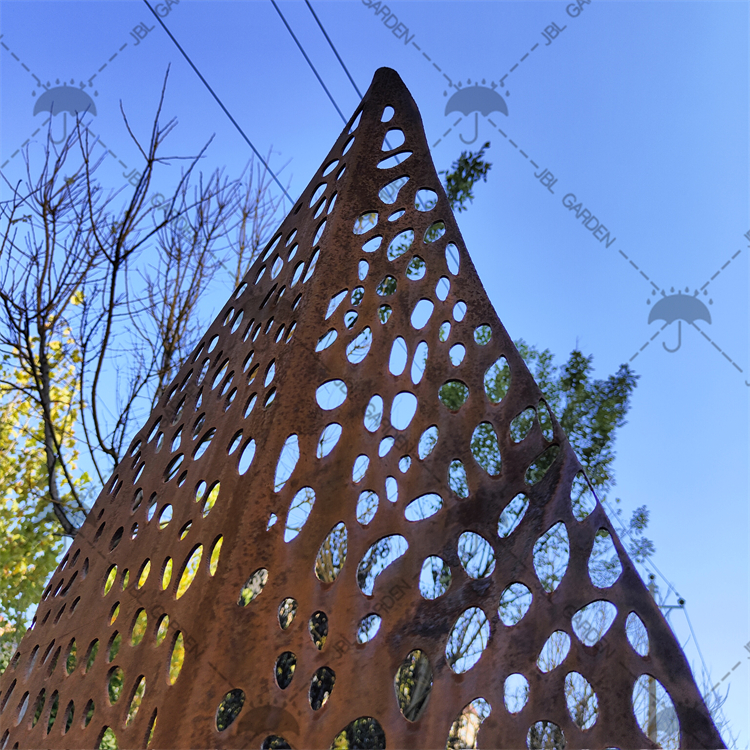
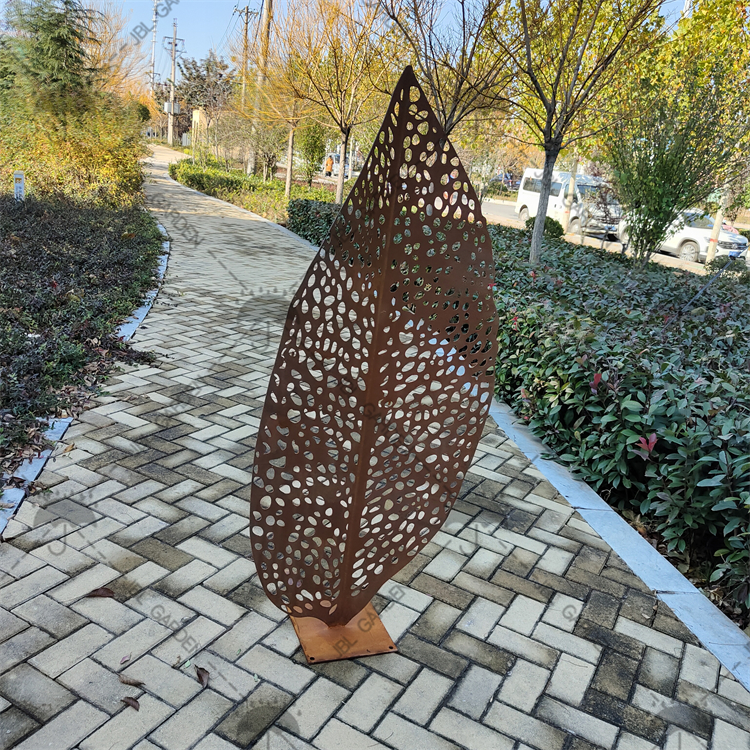
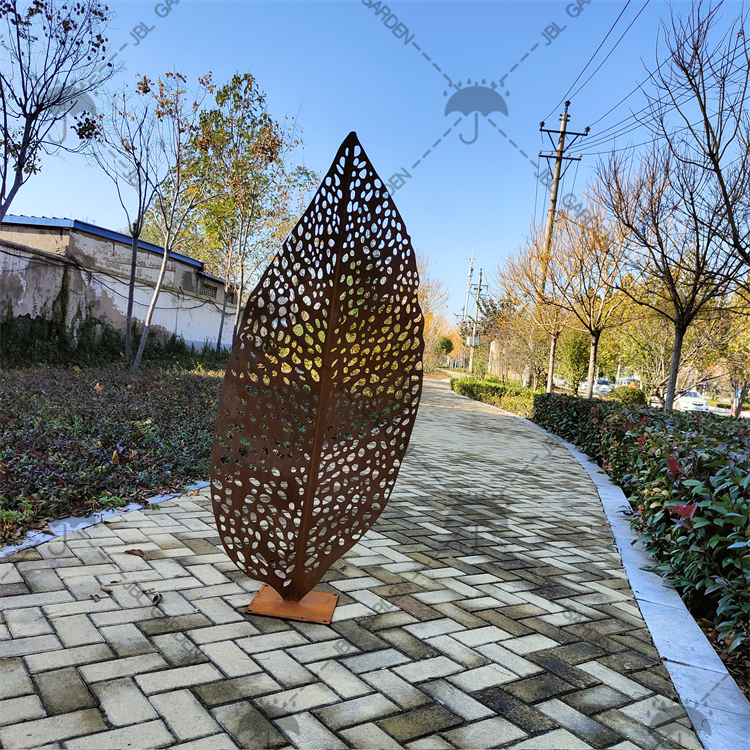
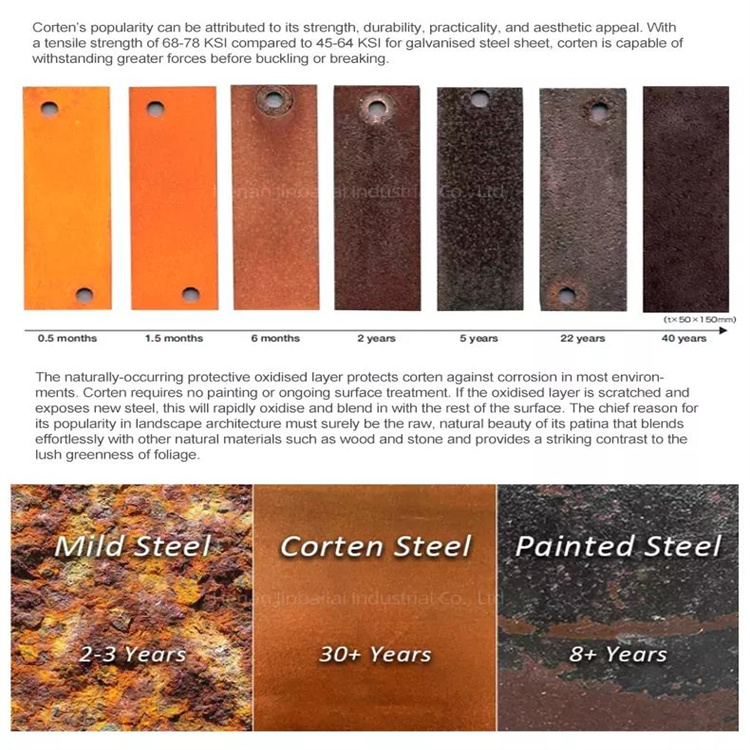
We handle in a careful and economic way for ocean shipping, like paper box,pallet,or carton. Package size and
container loading quantity are calculated by engineers based on products size in order to work out a best solution.
Every piece is fixed by protective foam,plastic tape,batten etc. to protect products from shipping damage.
